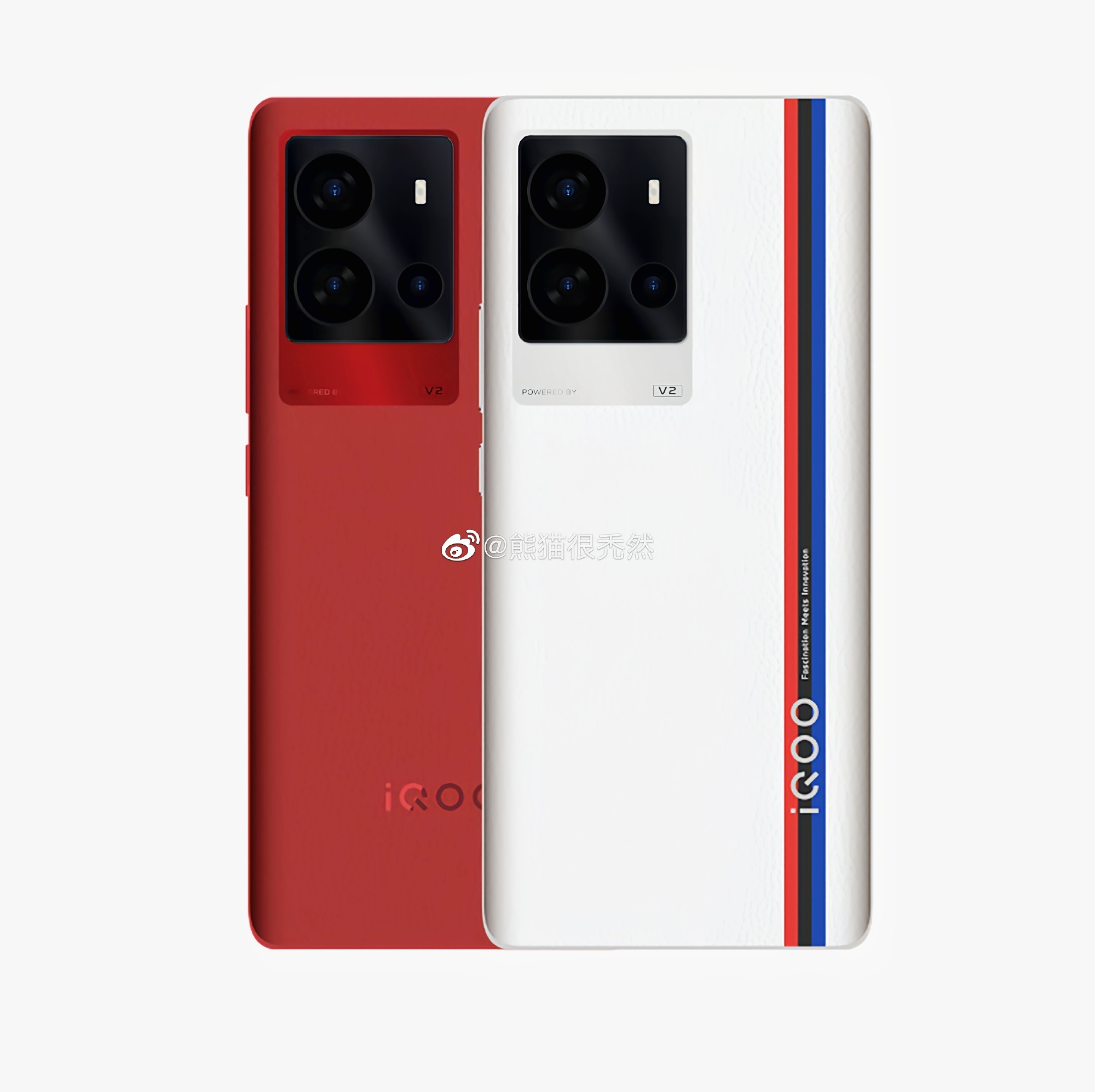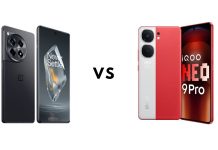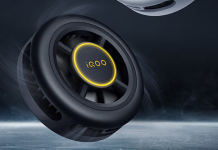iQOO recently teased the upcoming iQOO 11 series for both the Chinese and global markets. The series is expected to initially consist of two smartphones- iQOO 11, and iQOO 11 Pro. A recent rumor has stated that the iQOO 11 Legend (BMW Motor Sports Edition) could launch in the global market by the end of November.
After months of rumors regarding the specifications of the device, we are finally getting our first look at the iQOO 11 through a leak by Weibo tipster 熊猫很禿然. The images shared by the tipster reveal the rear of the iQOO 11 along with the color options. Starting with the back panel, the smartphone has a curved back with a camera island on the left housing two large lenses and one smaller lens.


The LED flash module is also present on the camera island. Overall, the camera island looks a lot similar to the iQOO 10. The camera module also has “Powered by V2” written on the bottom, confirming that iQOO will include the V2 ISP chip on the vanilla model. The two color options revealed in the images are Crimson (red) and Legend (white, aka the BMW motorsport special edition). Let’s take a look at the leaked specs of the iQOO 11 so far.
iQOO 11 specs (rumored)
The iQOO 11 is said to feature a 6.78-inch flat E6 AMOLED display. The screen is expected to offer an FHD+ resolution, up to 144hz refresh rate, an in-screen fingerprint scanner, and a centrally positioned punch-hole.
The device is likely to be powered by a Snapdragon 8 Gen 2 Chipset with LPDDR5 RAM and UFS 3.1 storage. The smartphone is anticipated to ship with RAM options of 8GB and 12GB and up to three storage options, including 128GB and 256GB, and 512GB. It’s possible that the reported iQOO 11 Legend will include 16GB of RAM.
A 16-megapixel selfie camera and a 50-megapixel (primary) + 13-megapixel (ultra-wide) + 12-megapixel (telephoto) camera, together with the Vivo V2 ISP, may be included with the iQOO 11. The device will operate on Android 13.0-based OriginOS 3. A 5,000mAh battery with 120W fast charging capabilities is expected to be present in the device.
RELATED:
- iQOO 11 Legend Could Be the First Snapdragon 8 Gen 2-Powered Phone in the Global Market
- iQOO 11 Pro appears on BIS ahead of expected January India launch
- Vivo X90 Pro Full Specifications Via TENAA Appearance
- Asus ROG Phone 6 Diablo Immortal Edition launched with in-game inspired goodies







